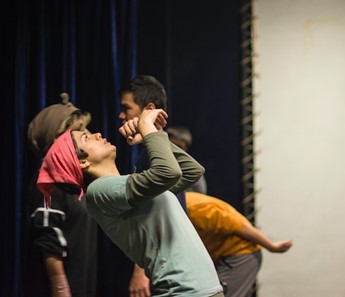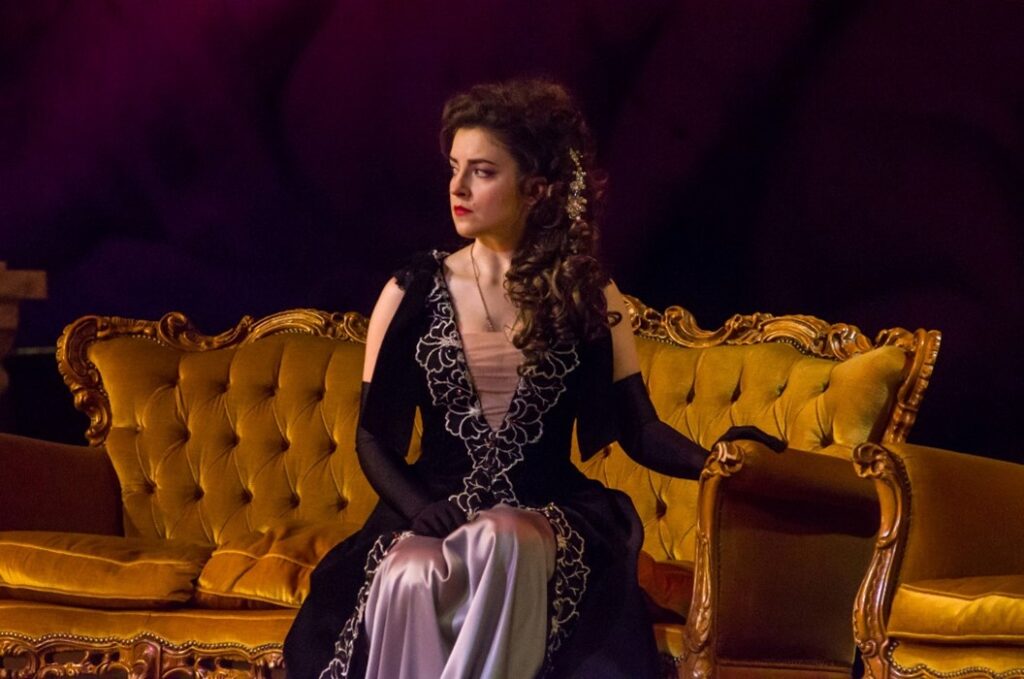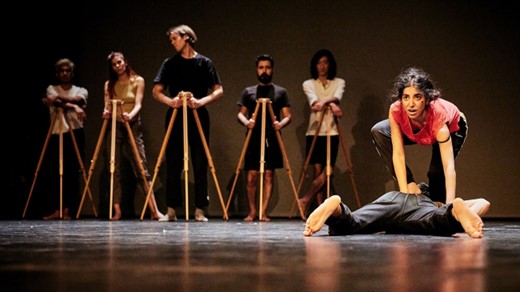
Theater is one of our earliest art forms, dating all the way back to Ancient Greece. While fabulous new plays are still being written today, audiences are also eager to enjoy new takes on older works.
Classic plays from different eras continue to inspire and shape modern theater productions. Adaptations and new interpretations of classic works can provide a fresh look at a frequently revisited tale, and timeless stories have proven their enduring appeal.
Travis Preston of CalArts explores the influence of classic plays on contemporary theater, from Shakespeare to modern classics.
Early Theatrical Trends that Endure
Theater itself has existed since near the dawn of humanity, starting as oral storytelling around the campfire. The stories would be passed from generation to generation, much as we do with classic tales today, but by word-of-mouth because written language did not yet exist.
Each tale would change slightly as it was subjected to every performer’s personal interpretation. In a way, this is comparable to today’s process of re-interpretation as various artists tackle classic plays, bringing their own personalities, biases, culture, history, and politics to their version of putting the same story under a new light.
Ancient Greek Theater’s Lasting Impact
The theater of Ancient Greece became far more organized than that of the original storytellers. They began to write their plays down, therefore the text did not change (quite as much) from production to production. Many tenets of modern entertainment were developed in Ancient Greece, including special effects, the use of satire, costumed actors, and the shape of the theater itself, such as the use of a stage and the placement of the audience.
Shakespeare’s Popularity: From Romeo & Juliet to West Side Story
William Shakespeare remains the be-all and end-all of theatrical and literary giants, having created many classic stories and coined English language phrases that are commonplace today (including “be-all and end-all” itself, which is from Macbeth). He was one of the first playwrights to appeal to the masses and royalty alike, democratizing theater in a way that could be enjoyed by all without pandering to either social class. Like the storytellers of old, Shakespeare also relied on reinterpreting classic tales and moments from history, morphing them into brilliant new works of fiction that spoke to the ideas and challenges of his time.
Theaters worldwide continue to produce Shakespeare’s works verbatim, often re-setting the stories into new time periods and societies in order to emphasize how the bard’s themes and characters transcend the specifics of time and culture.
Some of Shakespeare’s stories have even been re-written into new and modern language. A perfect example is the classic 1950s-set musical West Side Story, which is a reimagining of Shakespeare’s Romeo & Juliet, a universal story of young star-crossed love. Now even West Side Story itself has become a contemporary classic, subject to its own reinterpretations and reboots on both stage and screen.

Contemporary Classics for Modern Audiences
Contemporary classics with universal themes continue to be reinterpreted and reimagined for modern audiences, including those that use new settings and time periods or add a new layer of meaning. Examples include Tennessee Williams’ Cat on a Hot Tin Roof, and Lorraine Hansberry’s A Raisin in the Sun. These stories each focus on a themes that remains relevant to modern audiences.
In Conclusion
From ancient storytellers to the Elizabeth era to today, theater has endured as a timeless form of expression that can allow any artist and audience to explore universally relevant themes.















